Uncovering the Validity of Wet Floor Accident Claims

Wet floor accident lawsuits focus on business and property owner responsibility to maintain safe pre…….
In today’s fast-paced world, the term ‘wet floor accident’ has emerged as a critical aspect of public safety, particularly in commercial spaces, residential buildings, and public facilities. A wet floor accident refers to any incident involving slips, falls, or injuries caused by a slippery surface due to water or moisture. This phenomenon is not merely an inconvenience but poses significant challenges and demands careful consideration from various stakeholders, including property managers, policymakers, and technology developers.
This comprehensive article aims to unravel the multifaceted world of wet floor accidents, exploring its causes, impact, global reach, technological solutions, regulatory frameworks, and future potential. By delving into these aspects, we aim to equip readers with a thorough understanding of this pressing issue and highlight the strategies employed to mitigate risks and enhance safety.
Definition: A wet floor accident is an incident where an individual slips or falls due to a wet or slippery surface, often resulting in injuries ranging from minor cuts and bruises to severe fractures or head trauma.
Core Components:
Historical Context: Wet floor accidents have been a concern for centuries, with ancient texts documenting the dangers of slippery floors. However, modern discussions gained momentum in the late 20th century as urban populations grew, and public spaces became more bustling. The rise of litigation related to slip-and-fall incidents further brought this issue into the spotlight, leading to increased research and regulatory attention.
Significance: Wet floor accidents are a significant public health concern, resulting in millions of injuries worldwide each year. They can have far-reaching consequences, including medical expenses, lost productivity, legal battles, and damaged reputations for businesses and property owners. Therefore, understanding and addressing these incidents is crucial to ensuring safer environments and reducing the associated economic burden.
Wet floor accidents are not limited to a specific region; they are a global phenomenon with varying trends across different continents.
North America: The United States has some of the most stringent safety regulations regarding wet floors, primarily due to the prevalence of personal liability laws. This has led to a robust market for slip-resistant flooring materials and technologies. Canada, too, follows similar guidelines, with provincial safety standards dictating maintenance requirements for public spaces.
Europe: The European Union (EU) has implemented comprehensive regulations, such as the Construction Products Regulation, which sets performance criteria for floor coverings. Countries like Germany and the UK have seen significant investments in research to develop advanced anti-slip coatings and surface treatments.
Asia: With rapid urbanization, Asia presents a unique picture. China, for instance, is witnessing a surge in indoor and outdoor wet floor accident cases due to the growing number of shopping malls, sports facilities, and crowded urban spaces. Japan has developed innovative solutions like self-cleaning and anti-slip flooring technologies, setting a benchmark for the region.
Rest of the World: In Australia, wet floor safety is a key focus, especially in beachside communities where water exposure is common. Brazil has seen an increase in incidents related to public transportation hubs, leading to calls for stricter maintenance protocols.
These regional variations highlight the diverse approaches and challenges in managing wet floor accidents, influenced by cultural norms, legal frameworks, and economic factors.
The economic impact of wet floor accidents is profound and multifaceted, touching upon various sectors.
| Sector | Impact |
|---|---|
| Healthcare: Rising number of injuries leads to increased medical bills, hospital stays, and rehabilitation costs. | |
| Property Management: Property owners face legal liabilities, potential damage claims, and the cost of remedial measures like floor repairs or replacements. | |
| Commercial Spaces: Businesses may experience loss of productivity due to employee injuries, as well as reputational damage and decreased customer footfall. | |
| Insurance: Claims related to wet floor accidents contribute to higher insurance premiums for property owners and businesses. | |
| Research & Development: The demand for safer flooring solutions drives innovation, attracting investments in R&D. |
Market Dynamics:
Investment Patterns:
The quest for safer wet floor environments has sparked a wave of technological innovations, transforming the way we approach this challenge.
Anti-Slip Coatings: Researchers have developed advanced coatings that bond with various floor surfaces, enhancing traction under wet conditions. These coatings are eco-friendly and can be applied to existing floors, offering a cost-effective solution.
Self-Cleaning Floors: New flooring materials incorporate self-cleaning properties, repelling water and debris. This technology is particularly useful in high-traffic areas, reducing the need for frequent cleaning and maintenance.
Smart Floor Sensors: Internet of Things (IoT) enabled floor sensors can detect moisture levels, foot traffic, and environmental conditions. These sensors trigger automated responses, such as adjusting lighting or activating warning signals to prevent accidents.
Robotic Cleaning Systems: Automated robotic cleaners equipped with advanced sensors and cleaning solutions can efficiently maintain dry floors in large spaces, minimizing the risk of water accumulation.
Advanced Floor Surfaces: Materials like micro-toppings, texturized coatings, and specialized rubber mats offer superior traction and are designed for specific applications, such as gyms or swimming pool areas.
These technological advancements not only enhance safety but also contribute to sustainable building practices and improved user experiences in various environments.
The management of wet floor accidents is heavily influenced by policies and regulations that dictate maintenance standards, liability, and safety protocols.
International Standards:
Regional Regulations:
Key Considerations in Regulations:
Despite the efforts made in wet floor accident prevention, several challenges and criticisms persist, demanding ongoing attention and innovation.
Main Challenges:
Criticisms and Solutions:
To overcome these challenges, a multi-stakeholder approach is essential, involving collaboration between policymakers, industry experts, researchers, and end-users to develop robust solutions.
Real-world applications of wet floor safety measures offer valuable insights into successful strategies and innovations.
Case Study 1: The Grand Canyon National Park (USA)
The park implemented a comprehensive slip-and-fall prevention program after experiencing a surge in related injuries. They installed self-cleaning, anti-slip floors in high-traffic areas and provided staff training on wet surface management. As a result, the number of slip-and-fall incidents decreased by 30% within the first year, showcasing the impact of integrated safety solutions.
Case Study 2: Tokyo Metro (Japan)
Recognizing the high risk of wet floor accidents in underground stations, Tokyo Metro installed advanced anti-slip flooring and automated cleaning systems. They also implemented real-time monitoring of moisture levels through IoT sensors, enabling quick response to potential hazards. These measures led to a significant reduction in slip-and-fall incidents, enhancing passenger safety and satisfaction.
Case Study 3: University of Melbourne (Australia)
The university invested in research to develop innovative anti-slip coatings for concrete floors. They collaborated with industry partners to test and implement these coatings in various campus buildings. The results were promising, with a 75% reduction in wet floor slip-and-fall incidents over a three-year period, demonstrating the effectiveness of customized solutions.
The field of wet floor accident prevention is poised for further growth and innovation, driven by technological advancements and evolving safety standards.
Emerging Trends:
Growth Areas:
Strategic Considerations:
Wet floor accidents are a complex global challenge that demands continuous vigilance and innovation. As our world becomes more bustling and interconnected, ensuring safe walking surfaces is paramount to protecting individuals and communities.
This article has provided a comprehensive overview of the wet floor accident landscape, highlighting its causes, impact, and the diverse efforts made to mitigate risks. From technological advancements to policy frameworks, it is evident that a multi-faceted approach is necessary to address this issue effectively.
As we look ahead, the future holds immense potential for revolutionizing wet floor safety through smart technologies, data analytics, and collaborative initiatives. By embracing these innovations and learning from successful case studies, we can forge a safer path, minimizing the risks associated with wet floors and fostering inclusive environments for all.
Q: How do I know if my flooring is slip-resistant enough?
A: Testing slip resistance is crucial to ensure floor safety. Various methods exist, including the Slip Resistance Test (ASTM D4966) and the Dynamic Treadmill Test (ISO 13036). Professional testing services can assess your flooring’s performance against established standards.
Q: What are some cost-effective ways to make my public space safer?
A: Implementing simple measures like regular floor cleaning, placing signs in high-risk areas, and ensuring proper lighting can significantly reduce wet floor accidents. Consider investing in advanced systems as budgets allow for long-term safety gains.
Q: Are there any legal obligations for property owners regarding wet floor safety?
A: Yes, many jurisdictions have laws holding property owners liable for wet floor accidents. The specific requirements vary; consulting local regulations is essential to understand your obligations and potential liabilities.
Q: How can I make my workplace safer from slip-and-fall incidents?
A: Encourage a culture of safety by providing comprehensive training, maintaining clean floors, and ensuring proper signage. Consider implementing automated cleaning systems and regular safety audits to identify and address potential hazards promptly.
Q: What role does weather play in wet floor accidents?
A: Weather conditions like rain, snowmelt, or ice can contribute to moisture buildup on floors, increasing the risk of accidents. Proper maintenance, including de-icing and frequent cleaning, is crucial during such periods.

Wet floor accident lawsuits focus on business and property owner responsibility to maintain safe pre…….
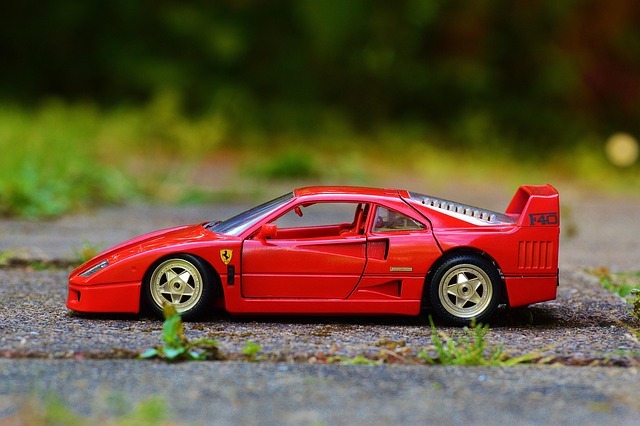
Wet floor accidents, often seemingly minor, can cause severe injuries and lead to significant legal…….

Wet floor accidents pose significant hazards in workplaces, leading to injuries and financial strain…….
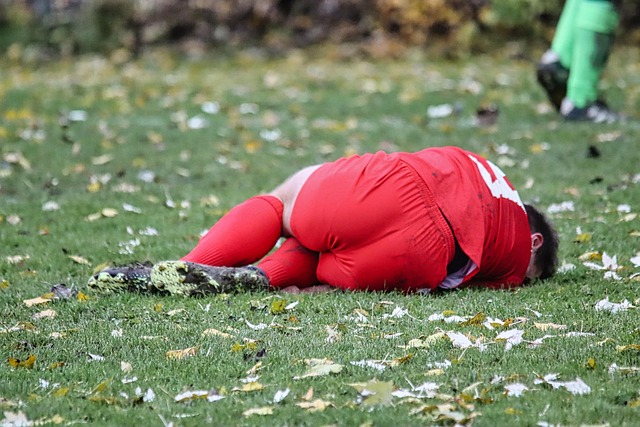
Wet floor accidents in public spaces can cause severe injuries and significant financial strain. Doc…….
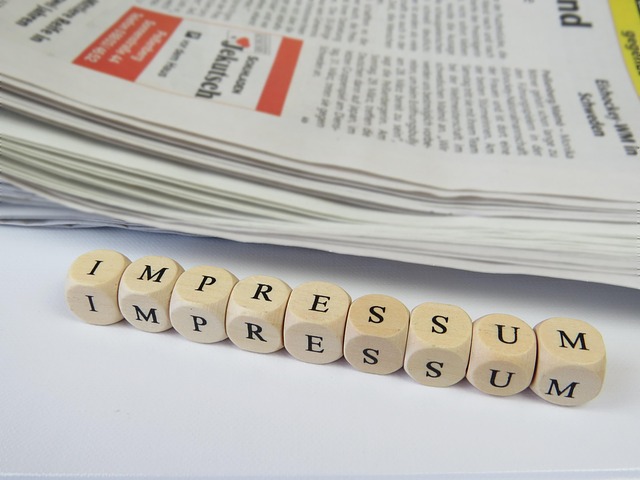
A wet floor accident can lead to serious injuries and legal consequences, with lawsuits centered on…….
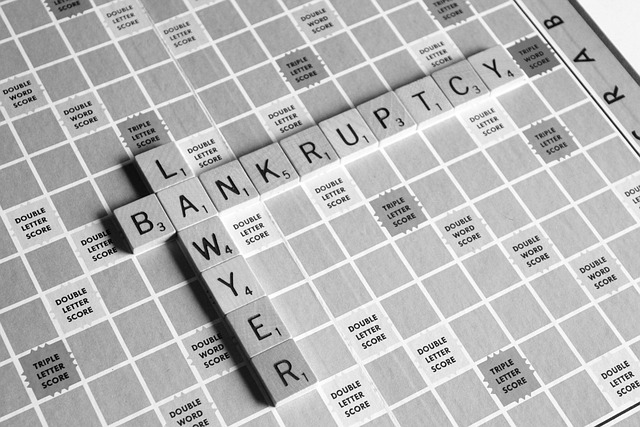
Wet floor accidents, though seemingly minor, can cause serious injuries and have multifaceted risks,…….
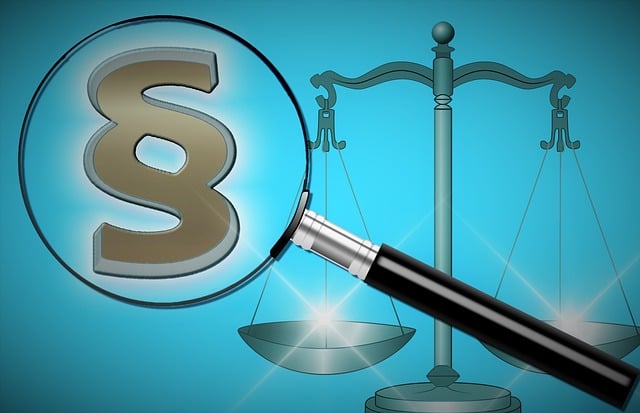
Wet floor accidents pose significant risks in various settings, leading to potential severe injuries…….
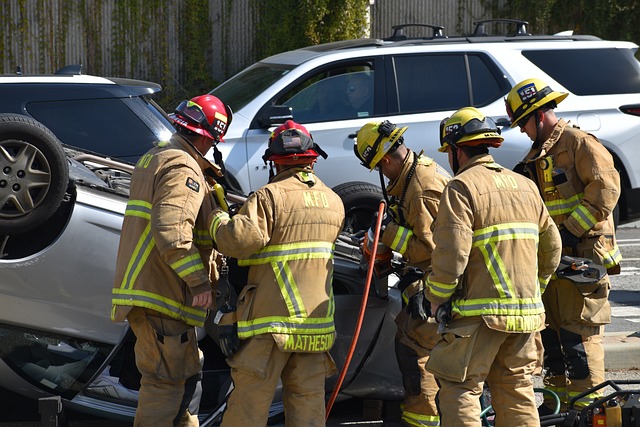
Wet floor accidents pose significant risks leading to injuries and legal implications. Property owne…….
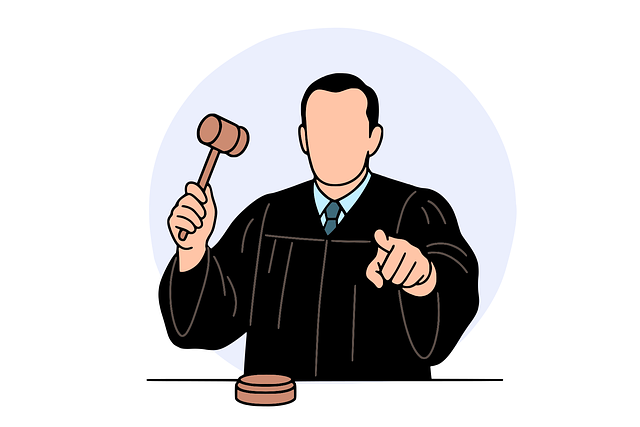
Wet floor accidents in commercial settings lead to legal action, with negligence proven by failing t…….
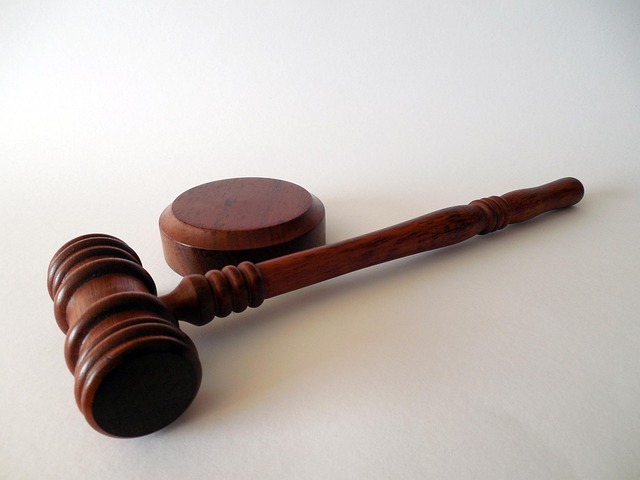
Wet floor accidents pose significant risks in high foot traffic areas like shopping malls, gyms, and…….